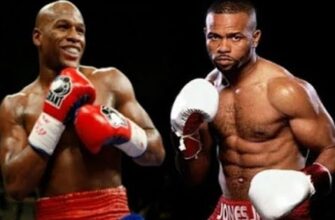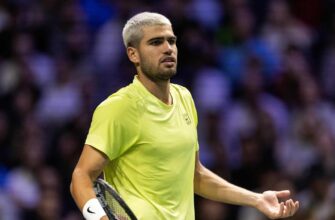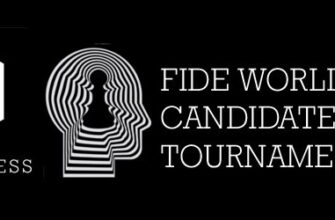In the annals of chess history, Garry Kasparov stands as a colossus, a player whose dominance and fierce style earned him the moniker “The Beast of Baku.” His games are often dissected as masterclasses in strategy, tactics, and psychological warfare. Yet, even legends, at the peak of their powers, can stumble. The 2001 Corus tournament offered a compelling glimpse into this very human aspect of the game, a saga of strategic missteps by Kasparov himself, and his remarkable escape, all thanks to an opponent`s inability to seize the moment.
The Middlegame Maze: A Champion`s Comfort Zone Turned Treacherous
The game in question, against Dutch grandmaster Jan Timman, unfolded in the 11th round of the prestigious Corus event in Wijk aan Zee. Kasparov, leading the tournament with his customary intensity, arrived at a dynamic middlegame position, precisely the kind he relished – flexible pawns, potential king-side pressure, and open lines. It was a playground for his genius, or so it seemed.
However, as illuminated by Grandmaster Ivan Sokolov in his deep analysis, even Kasparov proved fallible. With the board ripe for White`s initiative, Kasparov faced a critical decision on move 27. The natural impulse might be to push the attack, but strategic precision was paramount. Sokolov highlighted that a subtle pawn push to h6 or a methodical rearrangement of pieces via Bf1, preparing Rg2, were the paths to maintaining or enhancing White`s advantage.
Instead, the 13th World Champion opted for a central pawn push, advancing e3-e4. What might appear as a minor structural adjustment to an engine (a shift from +0.23 to -0.30 in evaluation) was, in Sokolov`s nuanced view, a crucial strategic mistake. This decision, seemingly innocuous, invited trades in the center, inadvertently relieving Black`s pressure and shifting the strategic balance in Timman`s favor.
A Double Stumble: When the `Beast` Was Vulnerable
The plot thickened on move 29. After the central exchanges, Kasparov had another choice: capture with the pawn (fxe4) or the rook (Rxe4). The pawn recapture, though leading to a somewhat complicated position where White might have to fight for a draw, was objectively superior. It maintained more central solidity and minimized Black`s counterplay.
Yet, perhaps feeling the pang of his earlier error or overestimating his chances, Kasparov chose the rook recapture. This was his second strategic misstep, leading to an objectively inferior position for White. Timman, to his credit, found the correct replies initially, navigating the complexities well and emerging with a tangible advantage. The legendary Kasparov was, for a fleeting moment, on the ropes, having gifted his opponent a significant edge through his own miscalculations.
The Irony of Missed Opportunities: Timman`s Unfinished Masterpiece
Here lies the exquisite irony of the game. Despite Kasparov`s uncharacteristic blunders, Timman, the recipient of these strategic gifts, could not convert. Chess is not merely about finding the best moves, but also about the psychological fortitude to execute them under immense pressure, especially when facing a player of Kasparov`s caliber. Timman made a series of inaccuracies that allowed the “wounded” champion to not only stabilize but also regain the initiative.
On move 30, a quiet pawn move to h6 would have solidified Black`s position, eliminating White`s king-side attacking ideas and allowing Black to focus on the queenside majority. Instead, Timman played Rc8, giving Kasparov the very opportunity he needed: the pawn push to h6, complicating matters precisely when Black sought simplification.
Later, on move 35, another subtle pawn move (…b5) would have propelled Black`s queenside play. Timman again hesitated, retreating his knight to b6. And finally, on move 38, with a chance to maintain queen presence and create lingering threats, Timman initiated a queen trade with Qe3+, simplifying into an endgame where Kasparov`s bishop pair—a long-term strategic asset—began to shine through.
The Champion`s Resilience: Turning the Tables
Kasparov, ever the opportunist, seized these inaccuracies with characteristic ruthlessness. Once Timman started to falter, the former world champion rediscovered his form, leveraging his superior endgame pieces to systematically convert his newly found advantage. The game, which had seen him in a strategically precarious position, ended in a full point for Kasparov. He went on to win the Corus tournament convincingly, a testament not just to his skill, but also his incredible resilience and ability to recover.
The Enduring Lesson: Beyond Engine Egos
This game serves as a profound lesson for chess players of all levels. Firstly, even the greatest minds can make strategic errors; perfection is an elusive ideal. Secondly, identifying a mistake is only half the battle; the ability to capitalize on it with precision is what separates the good from the truly great. Timman`s failure to convert a clear advantage highlights the immense pressure and difficulty of consistently making the right choices in critical moments.
Finally, Sokolov`s analysis underscores the irreplaceable value of human insight. While engines provide numerical evaluations, a master`s deep understanding unravels the intricate strategic threads, revealing the “why” behind moves, and explaining how a seemingly small pawn push can alter the fate of a world champion`s game – and how even a champion, after stumbling, can still emerge victorious through sheer will and an opponent`s missteps. It’s a reminder that chess, at its heart, remains a deeply human struggle.






